When we hear the word “diaper” most of us think of the classic Pampers brand, or the commercial for Huggies where there is a cute baby crawling on perfectly polished wood floor. For baby showers we want to gift “diaper cakes” so the parents won’t run out of diapers in those first few weeks. Babies poo and pee often, it’s true, especially in those first few months.
“An average child will use between 8 -10,000 disposable diapers ($2,000 worth) before being potty trained. Each year parents and babysitters dispose of about 18 billion of these items. In the United States alone these single-use items consume nearly 100,000 tons of plastic and 800,000 tons of tree pulp. We will pay an average of $350 million annually to deal with their disposal. Plastic does not biodegrade; these diapers will still be in the landfill 300 years from now.”
Apart from the cost, if you’re someone who cares at all about the environment, even a shred, these numbers are alarming.
In the 1970’s and 80’s my mother used cloth diapers for my siblings and I. She said she couldn’t stand the thought of exposing our skin to toxic chemicals like bleach all day, everyday. She also didn’t want to think about landfills housing our diapers when she could have easily just made a choice. Naturally, I always assumed I’d do the same thing. When I was pregnant, I found the only cloth diaper service in South Florida, Mother Earth Diaper service. As I learned more about the benefits of cloth diapering it not only became about avoiding chemicals and doing my part to lower waste, but it also became about saving money, being conscious of my daughters body, laying a good groundwork for potty training and ultimately creating good, non wasteful habits in other areas of my life. Many people say, “Who has time for that?”. Sure, you have to wash them, sure you change the diapers more frequently (after 1 or 2 pees), but it’s really about what’s important to you.
The Benefits of Cloth Diapers
When a baby wears cloth diapers, they are trained to be more aware of their body’s sensations. When they pee, they immediately feel it, they communicate immediately. When they pee into disposable they could “go” 4-6 times before they notice they are wait. This confuses their brain and they don’t get a clear understanding of cause and effect. Some potty training experts say that if they use cloth they will have a much easier time communicating and understanding when they have or need to eliminate. Sounds great!
When a baby wears cloth they are much less likely to get diaper rash because they are not sitting in ammonia (from urine) or bleach and plastic (from diapers) for longer than an hour during the day. At night it’s a different story, but there are a variety of options you can try for overnight diapering like wool or fleece that have a higher absorbency than cotton.
When our daughter was born we used the diaper service mentioned above for 3 months. It was incredibly helpful. Being a first time mom I didn’t have the time or energy to wash the diapers myself. My husband and I wanted to get the swing of the whole “new parents thing” before we took on a new project. The service provided everything and came weekly to came to pick up the soiled load and drop off fresh folded diapers. You can choose to share diapers with other babies (they are washed and sanitized at very high temperatures much like hotel towels) or you can have your own stash for a higher price. We shared ours with other babies. We had no qualms with this as newborns are only consuming breastmilk or formula which means they are not exposed to e-coli or other bacteria that we shouldn’t be sharing.
What Do You Need For Cloth Diapers?
After three months we felt like I could take on the task ourselves. We purchased the essentials:
5 snappis (you can use metal diaper pins if you feel comfortable)
1 open diaper pail
1 diaper pail liner
5 diaper covers- I enjoy Thirsties & Rumparooz brand
Laundry soap- Ecos or Biokleen
Liter of vinegar
Prefolds
We like prefolds because they seem the most practical to me. They are easy to use (once you practice) and they can double up as burping cloths.
We like Snappis because you don’t run the risk of pricking baby with a needle point, but if you don’t use plastic the pin is a great option, very sturdy
Diaper pail & liner- there is a bad rumor going around that you want a diaper pail that could block out an atomic bomb, i.e. the diaper genie. You do not, I repeat, you do not want a diaper pail that conceals the odor. When you cut off oxygen to soiled diapers the bacteria will multiply so quickly over night causing the smell to be even worse than you imagined. The trick to keeping the odor mellow is to aerate. Keep an open air flow where oxygen is allowed to pass. In the beginning, as many of you know, breastmilk poo smells like buttery sweet popcorn. I’m sorry formulas moms but that poo does smell a little more stinky!!
So while the poo is still runny (before food gets introduced) you simply wrap the soiled diaper into a ball and toss it in the pail. You can get this planetwise liner and if you want to skip the pail and just hook the liner onto the wall or door knob thats what we did and it worked great. One less thing in baby’s room.
The diapers we use are the prefold Osocozy brand. They have lasted forever, have not frayed and 18 months later seem way more durable than other brands we’ve used.
All-in-Ones
What about the All-In-One? I think those are a good idea gone bad. These are the ones that have the cloth built into the cover. The problem here is that the inside is typically not cotton, its a fleece or some other kind of poly fiber which is not great for baby’s skin. It’s meant to “absorb more” but the problem here is that it doesn’t really and you are stuck having to toss the whole thing in the wash after 1 or 2 pees. With a pre-fold you toss the cotton portion into the pail but you can re-use the diaper cover throughout the day not having to wash it every time baby pees. Next, they are expensive for having to toss into diaper pail every time baby eliminates. Over time they begin to absorb the ammonia smell and its truly tough to get it out!
Convenience
People say, I’ll cloth at home and do disposable when I’m out. Sure if that works for you but its confusing for baby and also confusing for you. It’s really not inconvenient to cloth on the go. You have a wetbag and you put the soiled diaper in it. You don’t want to be that person that leaves a stinky disposable diaper in the trash can at the restaurant or retail store. Really lame. When we went to Mexico we used cloth. We got an Airbnb that had a washer/dryer. It was great, our diapering didn’t change at all and the best part was we traveled light. We didn’t have to bring an entire supply of disposables nor did we have to find a brand that worked for us in an uncertain environment.
What a day looks like:
In the newborn stages we changed her diaper about 10-12 times per day. If you’re breastfeeding or bottle feeding around the clock, its normal. If you are home lay baby down, talk to her, explain what you’re doing, pick her up, rinse her front and back over your bathroom sink. Just water, no soap. That goes for pee and pre-food poo. Yay no wipes! No waste! No money spent! Water, the best pH balancer there is for your baby. You can use organic coconut or almond oil if you feel like you need to, but if you’re using cloth and rinsing with water instead of wipes you won’t dry out baby’s skin.
Around 10 months when you introduce food, some people choose to start sooner, you will also introduce water. At this point the urine and poo will change. You’ll notice it will be more solid and smell … not as great. At this point you would take the diaper off, set it aside, do the rinse in the sink and use a gently bar soap- still much more sanitary and much less wasteful than using wipes. Once you get baby situated with fresh diaper you’d put baby down and “deal” with the soiled diaper. Walk over to toilet, lift seat up and slowly roll the poo off into the toilet using another part of the diaper. Some people use toilet attachment hose. I haven’t tried it but have heard good things! This is the point where some people draw the line.
For me, I still feel worse about putting my baby’s diaper and poo in a landfill for someone else to deal with than just disposing of my own baby’s waste then and there. Its a matter of priorities.
When we are out at places like IKEA for example I will still use the sink to clean! I always keep wipes in our diaper bag, but I use the sink any chance I get. And if there are small bits left over, then after baby is settled and ready to go, with courtesy for the next person, I use some paper towel or toilet paper and wipe it up.
I use both Free and Clear brand wipes as well as Resuable wipes with a wipe solution. People have said, “Oh thats not sanitary”, but its the same as cloth diapering… its just a piece of cloth cut in a different shape. The task of cloth wipes might seem daunting but its not! I carry a small squirt bottle from Muji of the solution and when I’m out and don’t have access to a sink I dispense the solution into the cloth wipe and voila!
Nighttime
At first we used cloth overnight diapers, but after a few months realized I was waking up a little too often to change her. So for the sake of sleep I bought a wool overnight diaper and disposables! We interchange depending on if the wool diapers are available and clean. I put it on her before bed and don’t need to change it until she wakes up. We use Bambo Nature, and although they cost a little more than the average diaper they don’t contain harsh chemicals and practice more ecological sound production methods.
Washing
We wash our diapers and wipes every two days. Pre-food era you could go for 1 week before anything started to smell. Now we go 2-3 days. First you do a quick wash to get your cloth soaked. Then a hot wash with your favorite soap- use something natural- you have worked too hard for mother earth and yourself at this point to muck it up with Tide or Dreft. After thats finished do a Rinse cycle with 1 cup of vinegar. This will get the ammonia out completely and leave your cloth smelling oh so fresh!
Our daughter is 18 months and we have enjoyed every minute of diapering. Haha. Well, I’ll say it hasn’t been tough or unpleasant. It has not been inconvenient. There is an element of sacrifice involved because you’re adding a few minutes to your daily routine that are dedicated to your baby and not yourself or your phone… but over time you find a great system and it becomes second nature. In all reality it has brought us closer to our daughter. A great opportunity for her father to bond with her often. For many months I was the only one who fed her since we didn’t use bottles so my husband really enjoyed the cloth diapering ritual. We are more in tune with her needs and eliminations.
We really wanted to do elimination communication! but this was a happy medium for us, maybe for the next one. In practicing these alternative methods of diapering we have learned so much and become aware of the various areas in our lives where we can be conscious and intentional humans. Reusing and reducing play an even bigger role in our lives than ever before. So for all of the naysayers or non believers out there we would just ask you: what are your priorities?
Author:
Eyla Cuenca was born in Los Angeles and later attended Bennington College. She is a birth photographer, doula, placenta encapsulator and Bradley Method Childbirth Educator. She lives in Miami with her partner and daughter.
Eyla Cuenca
Birth Doula
Birth Photographer
Placenta Encapsulation
Bradley Method Childbirth Educator
Follow me on Instagram! @sunshine_birth
“The knowledge of how to give birth without outside interventions lies deep within each woman. Successful childbirth depends on the acceptance of the process.” ~Suzanne Arms


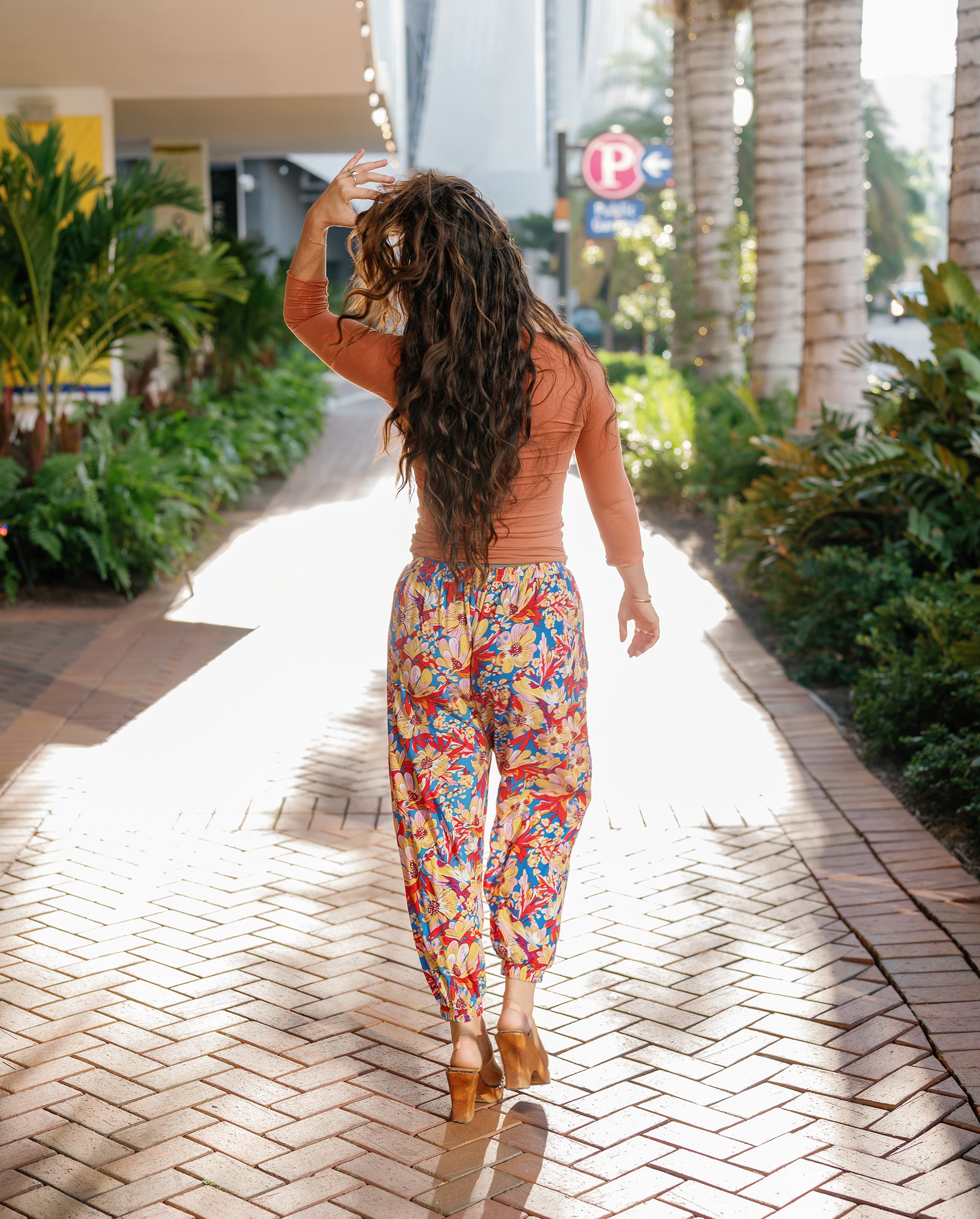
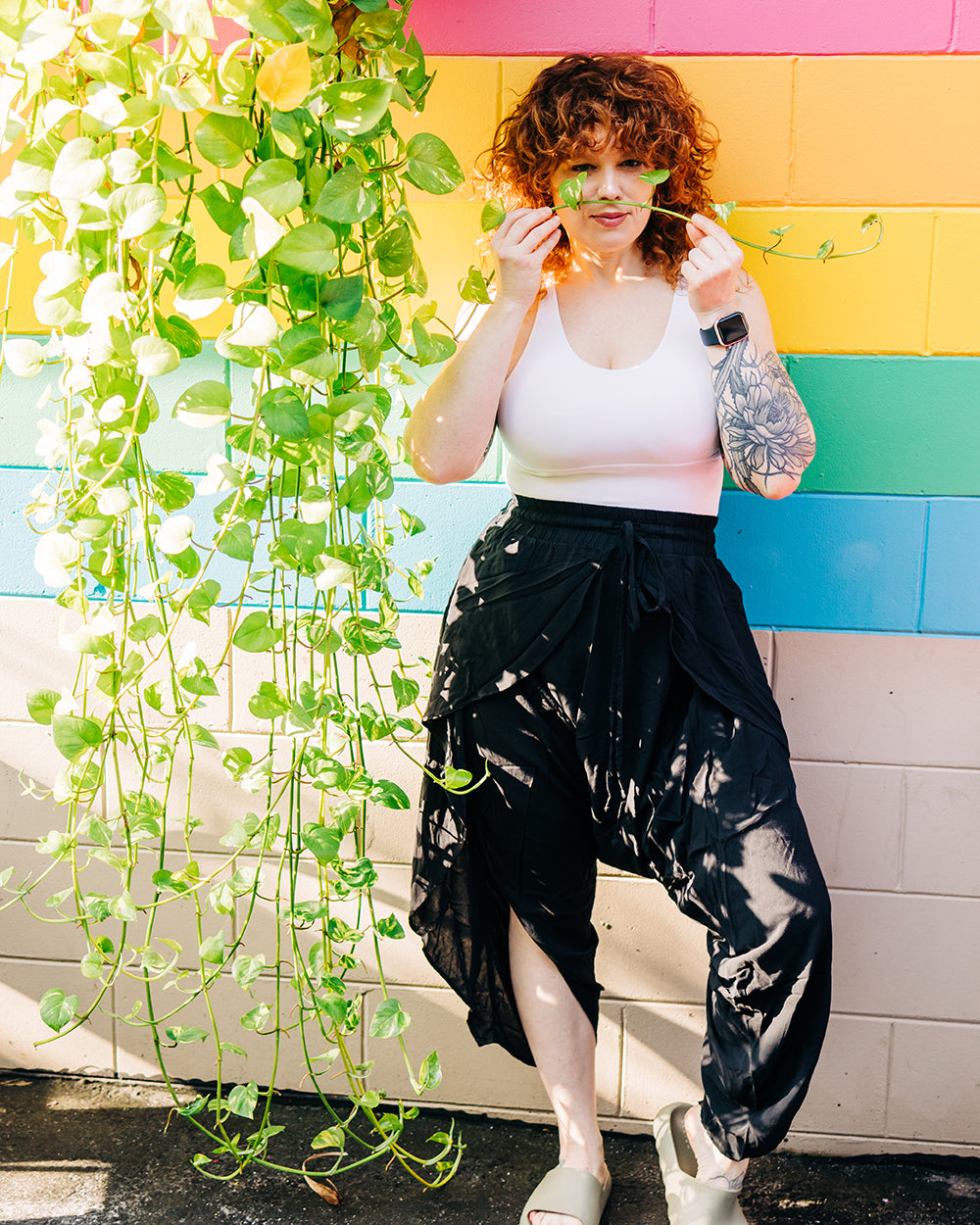
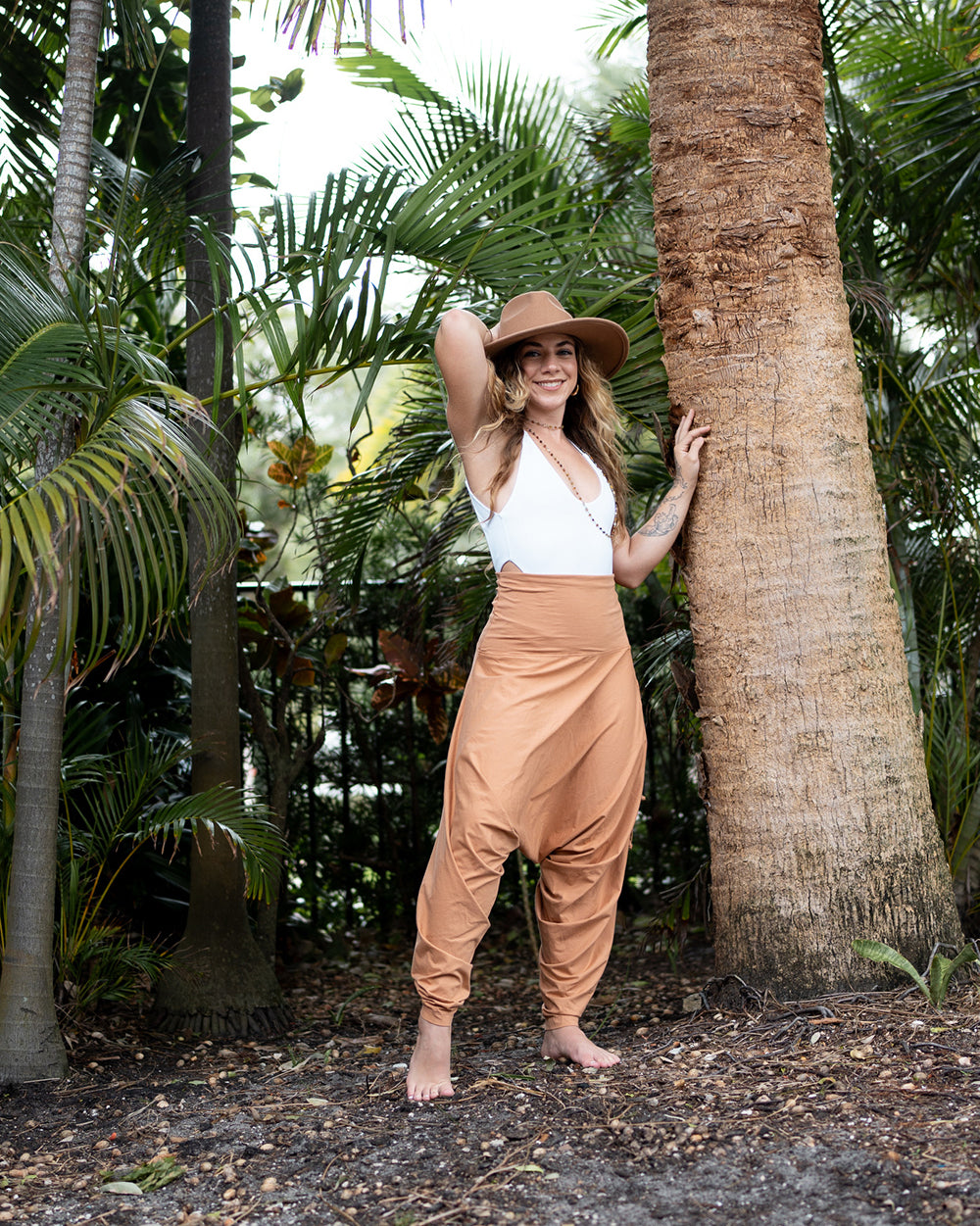
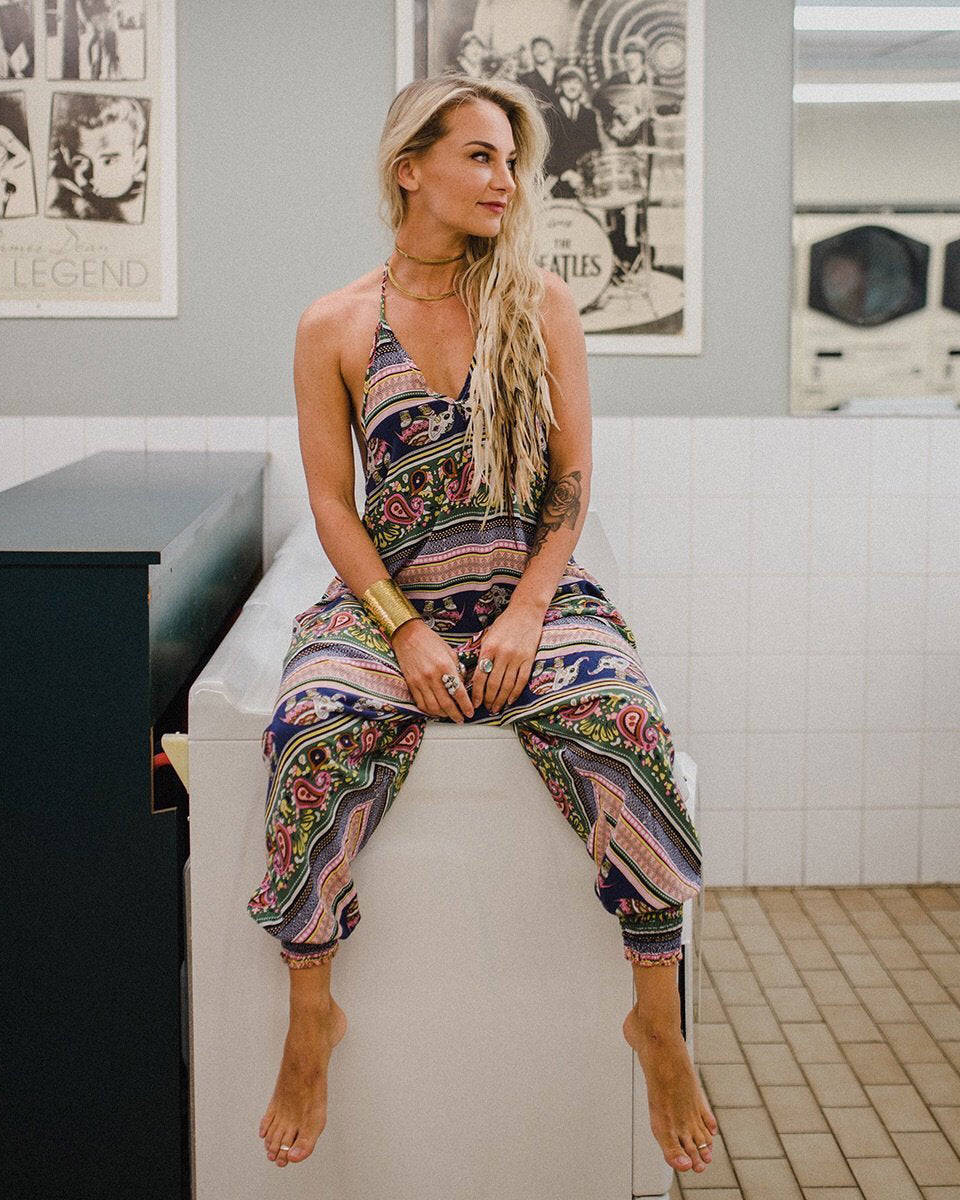
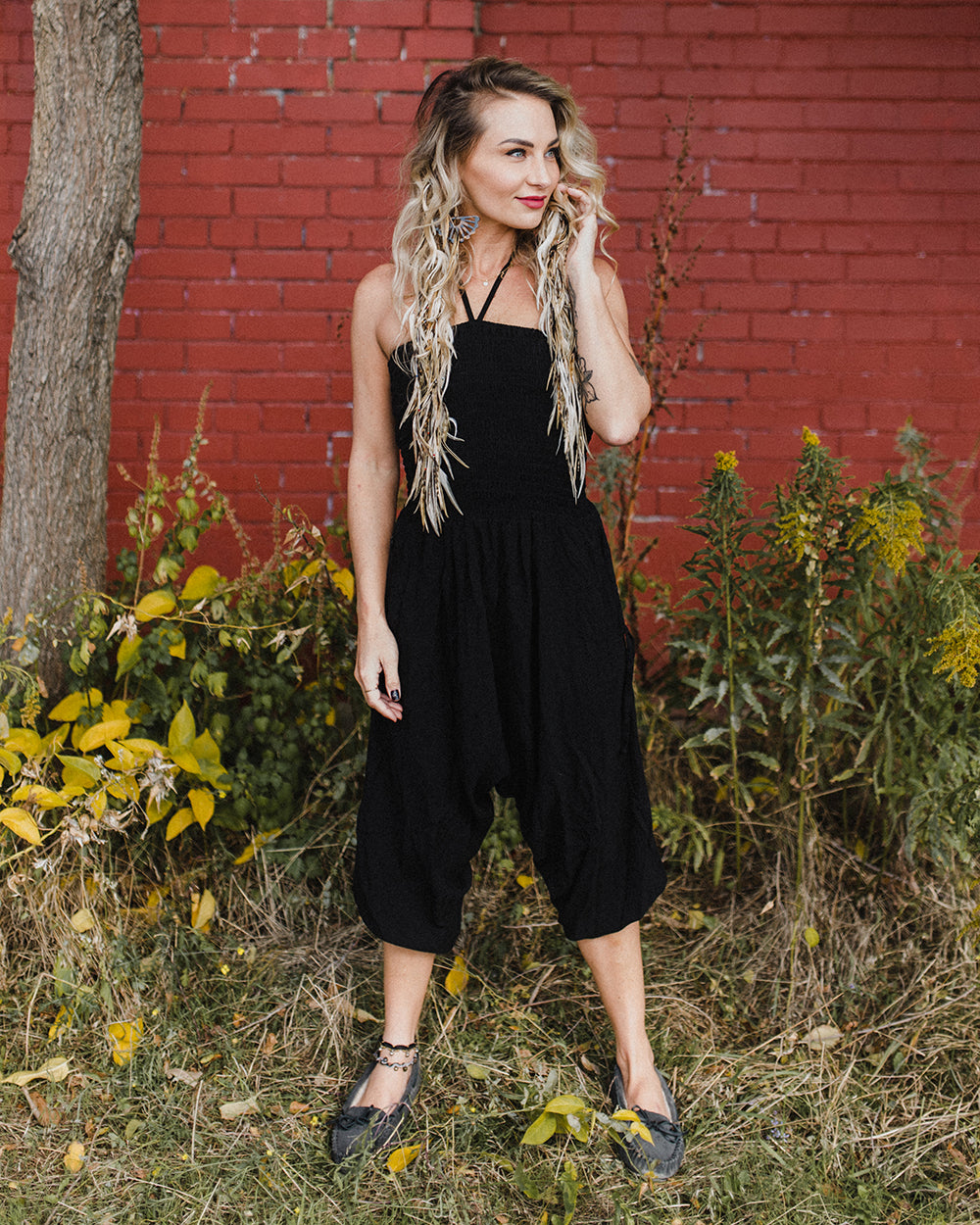
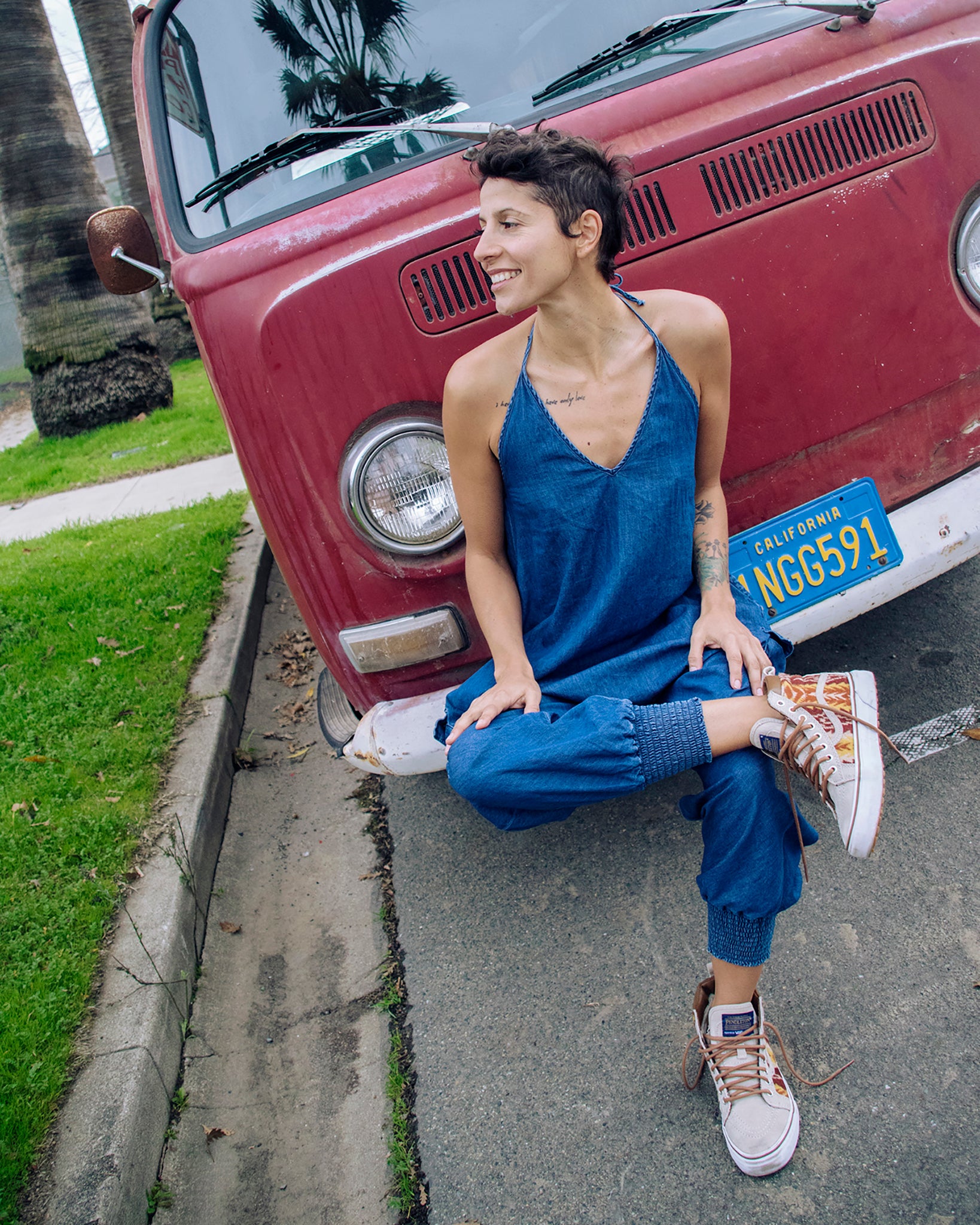
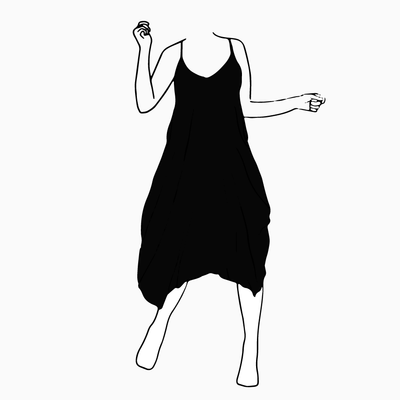
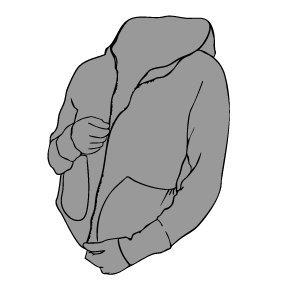
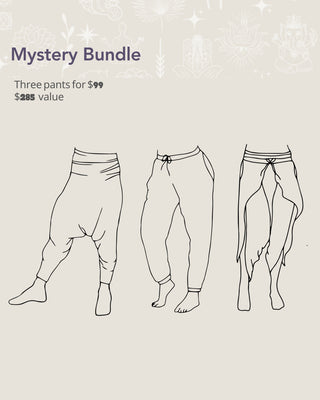
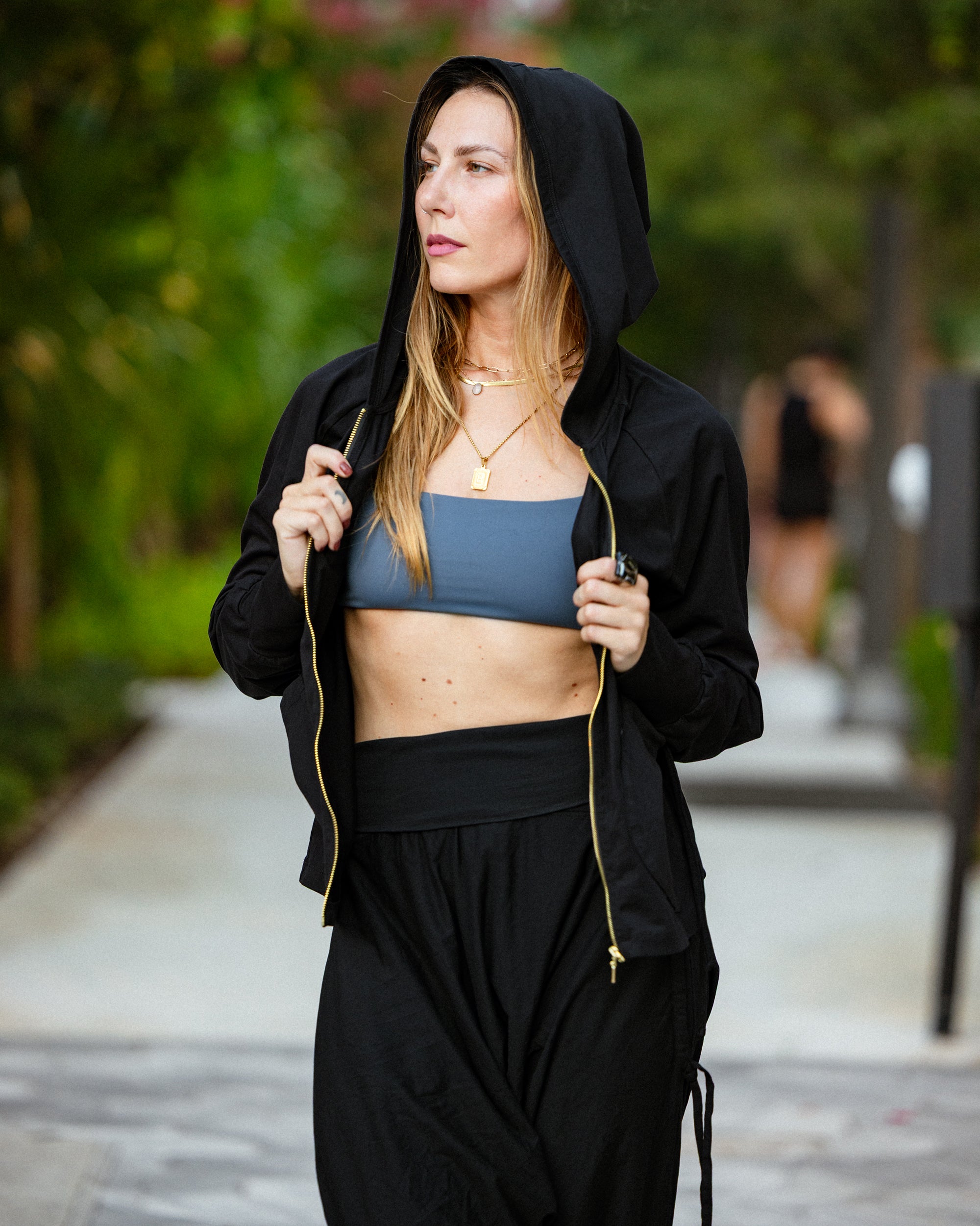
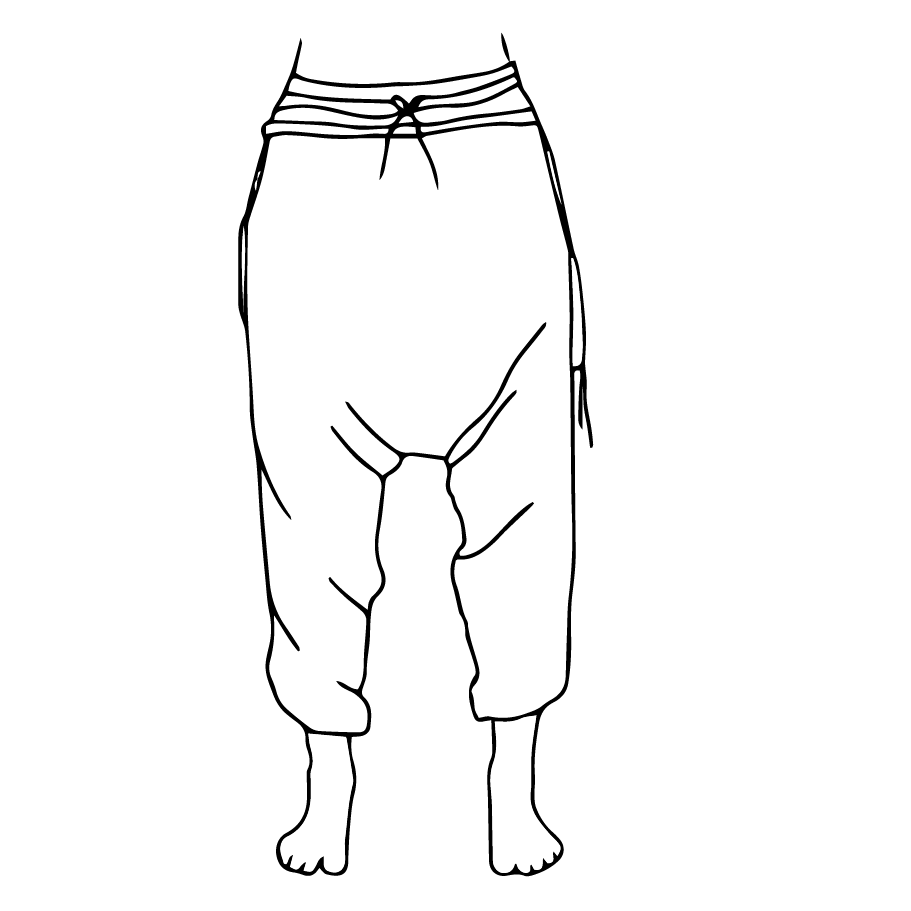

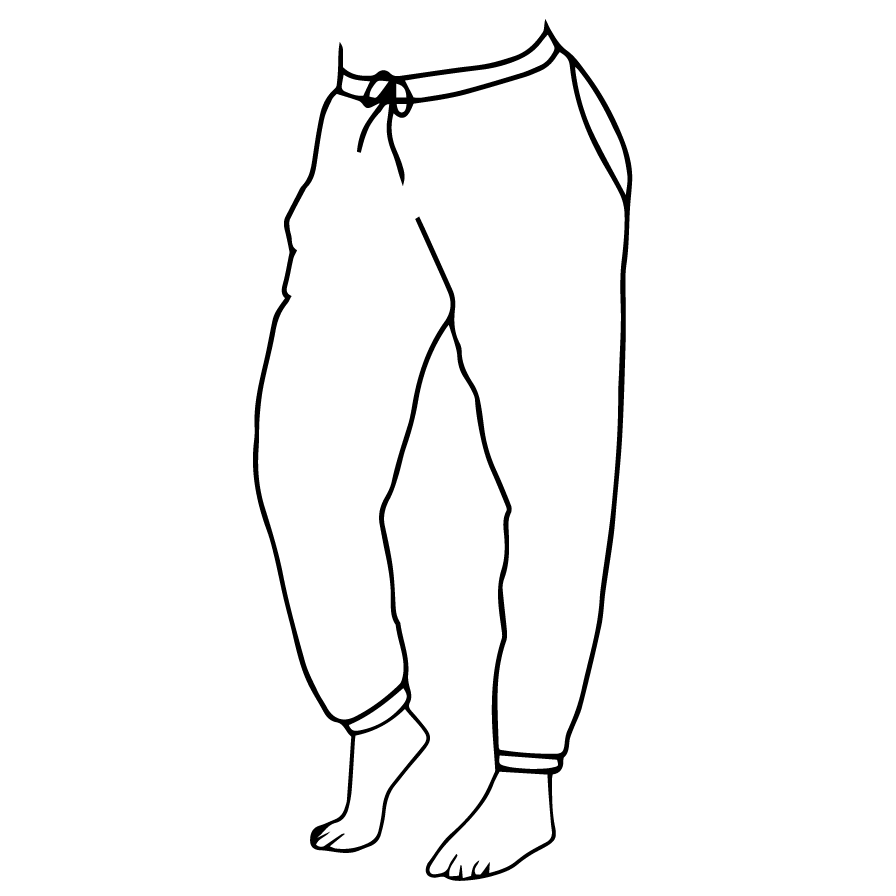
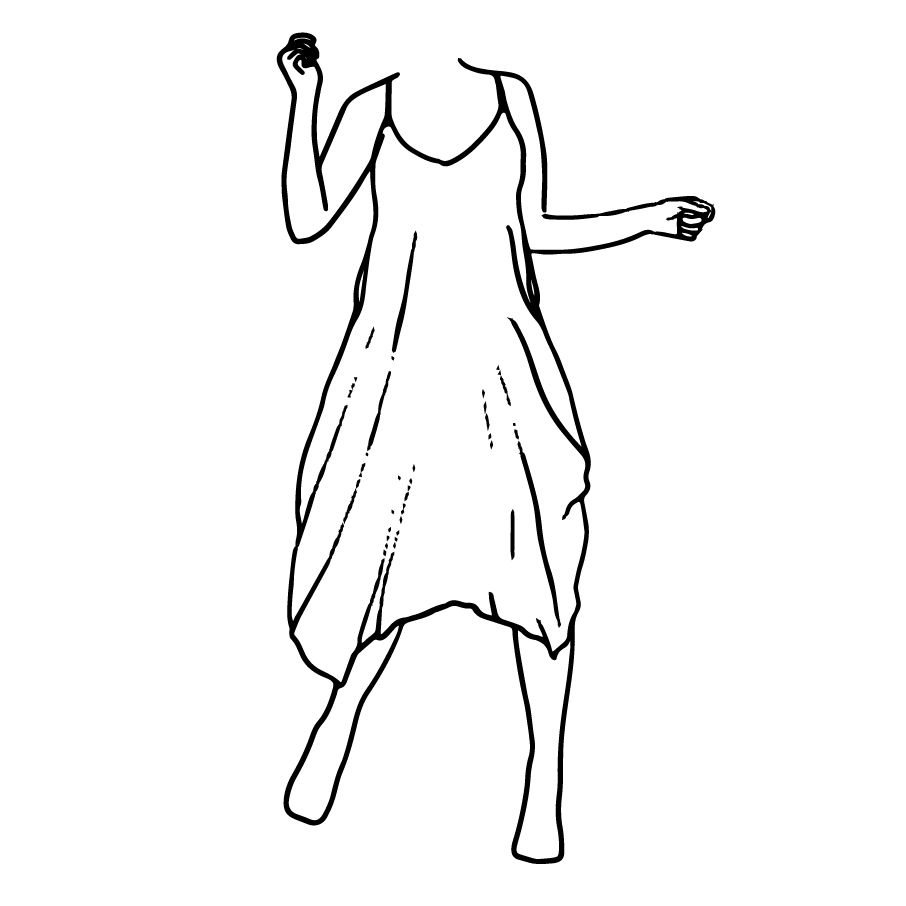
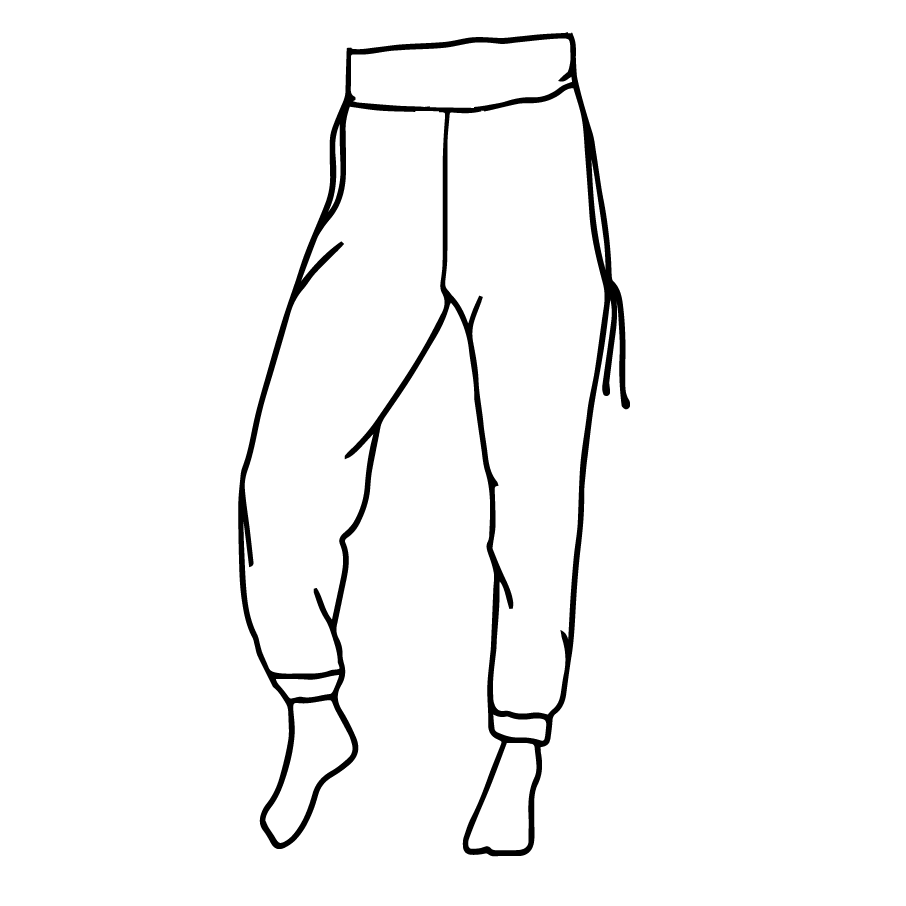
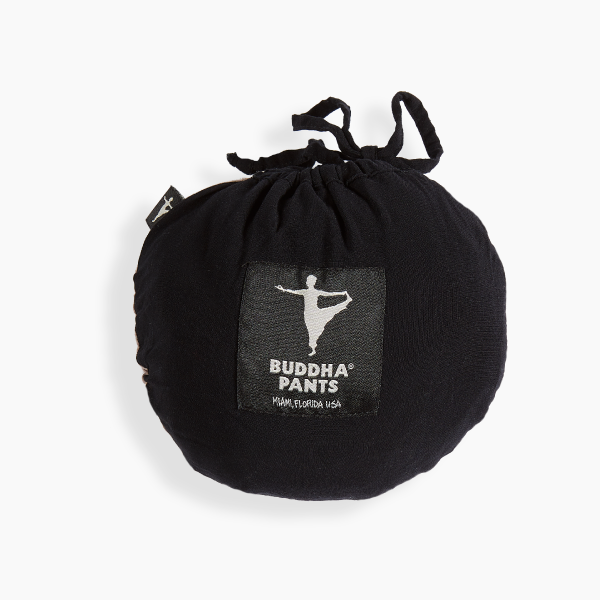

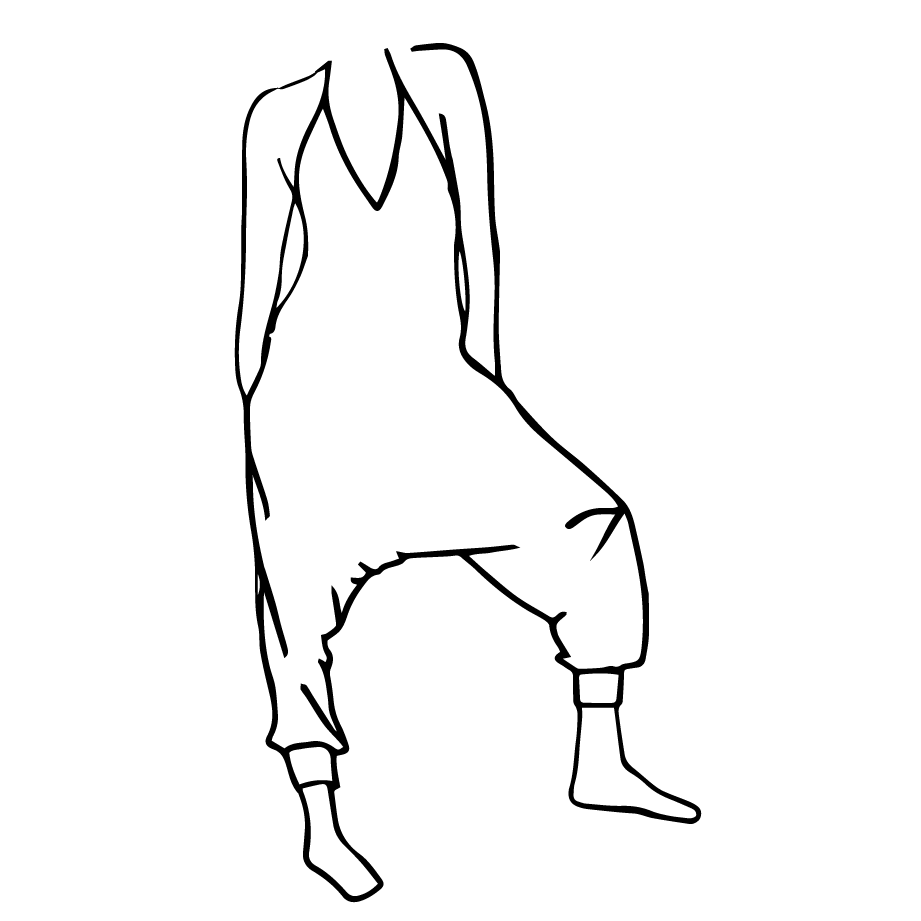
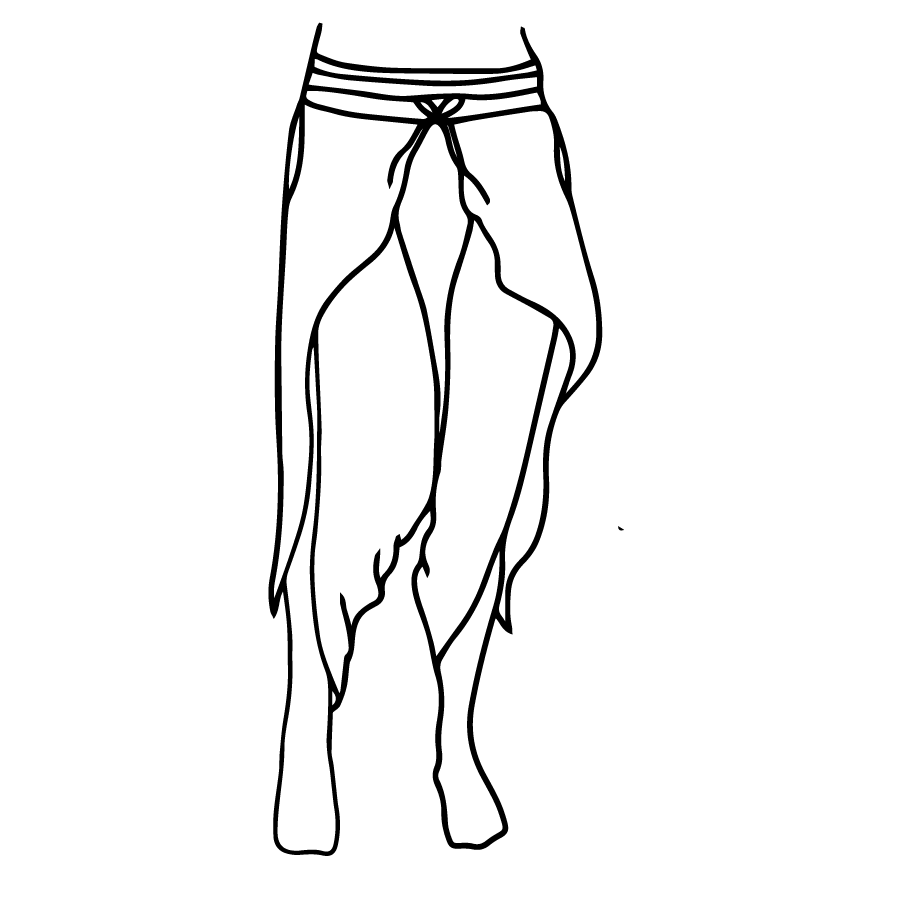
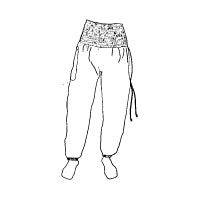
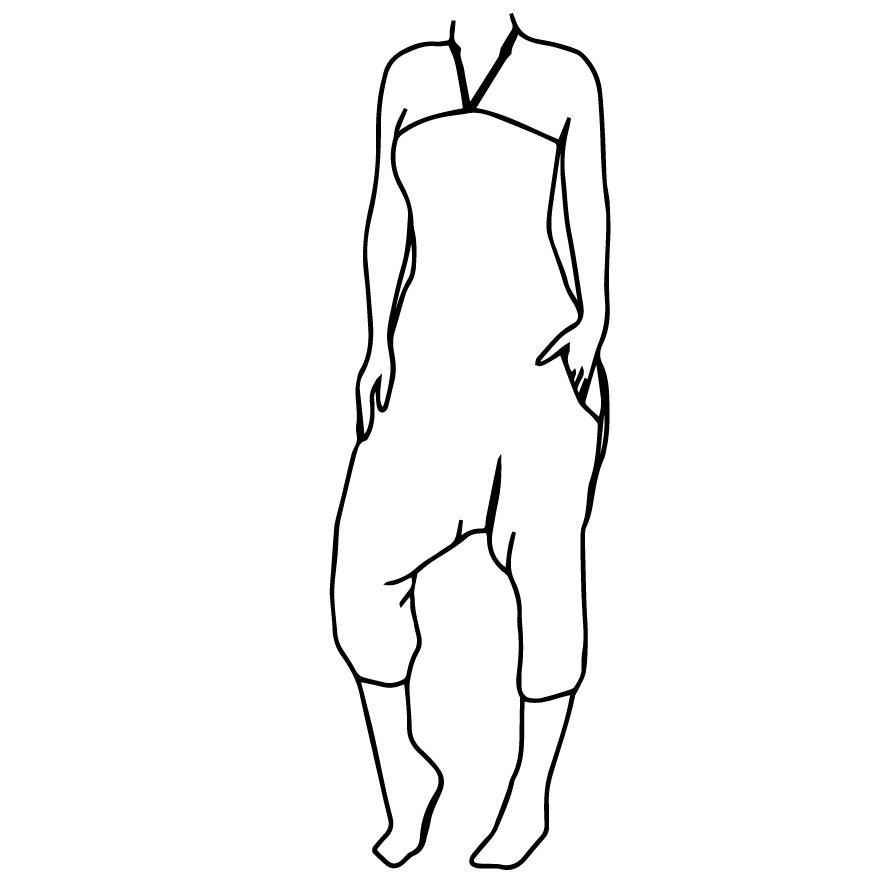
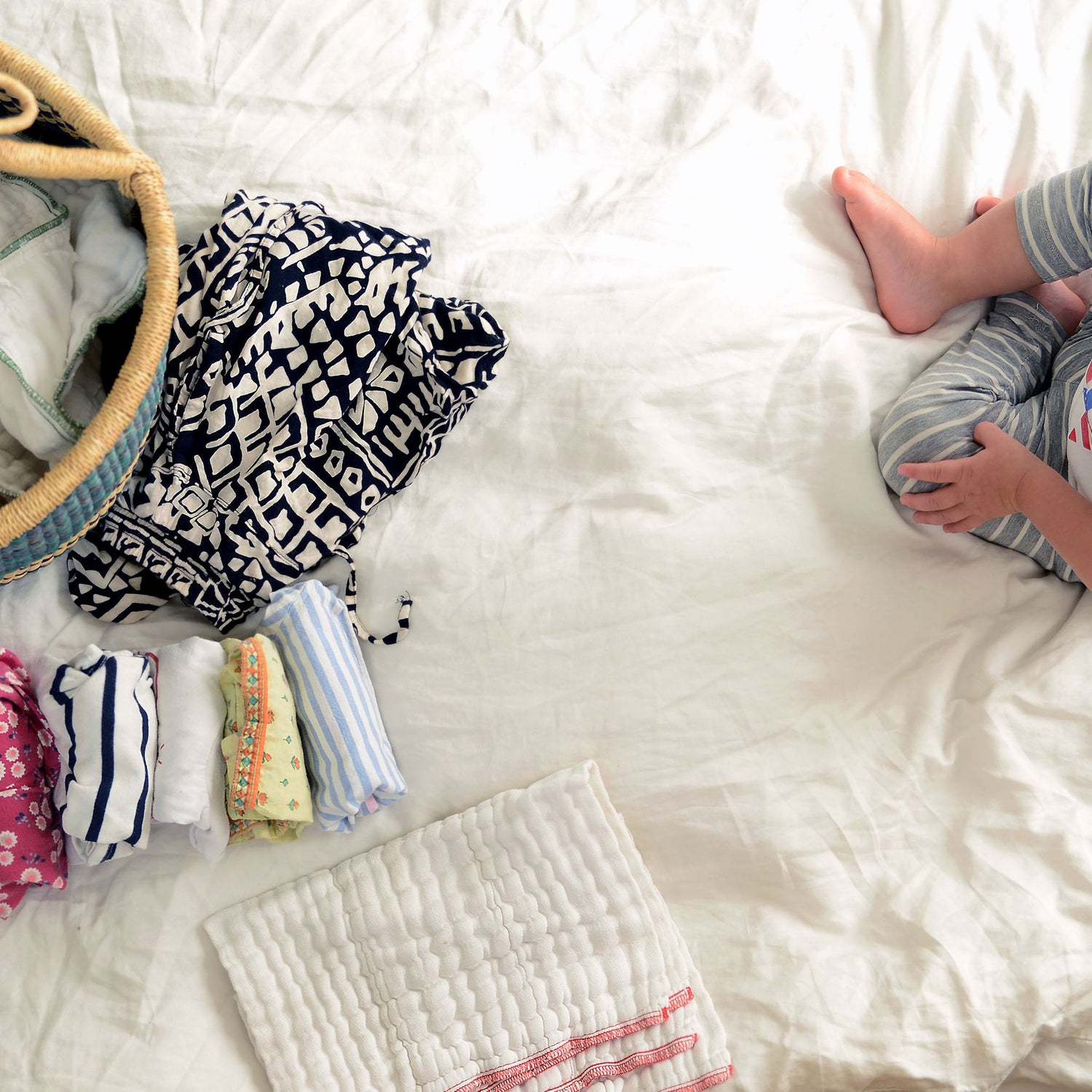
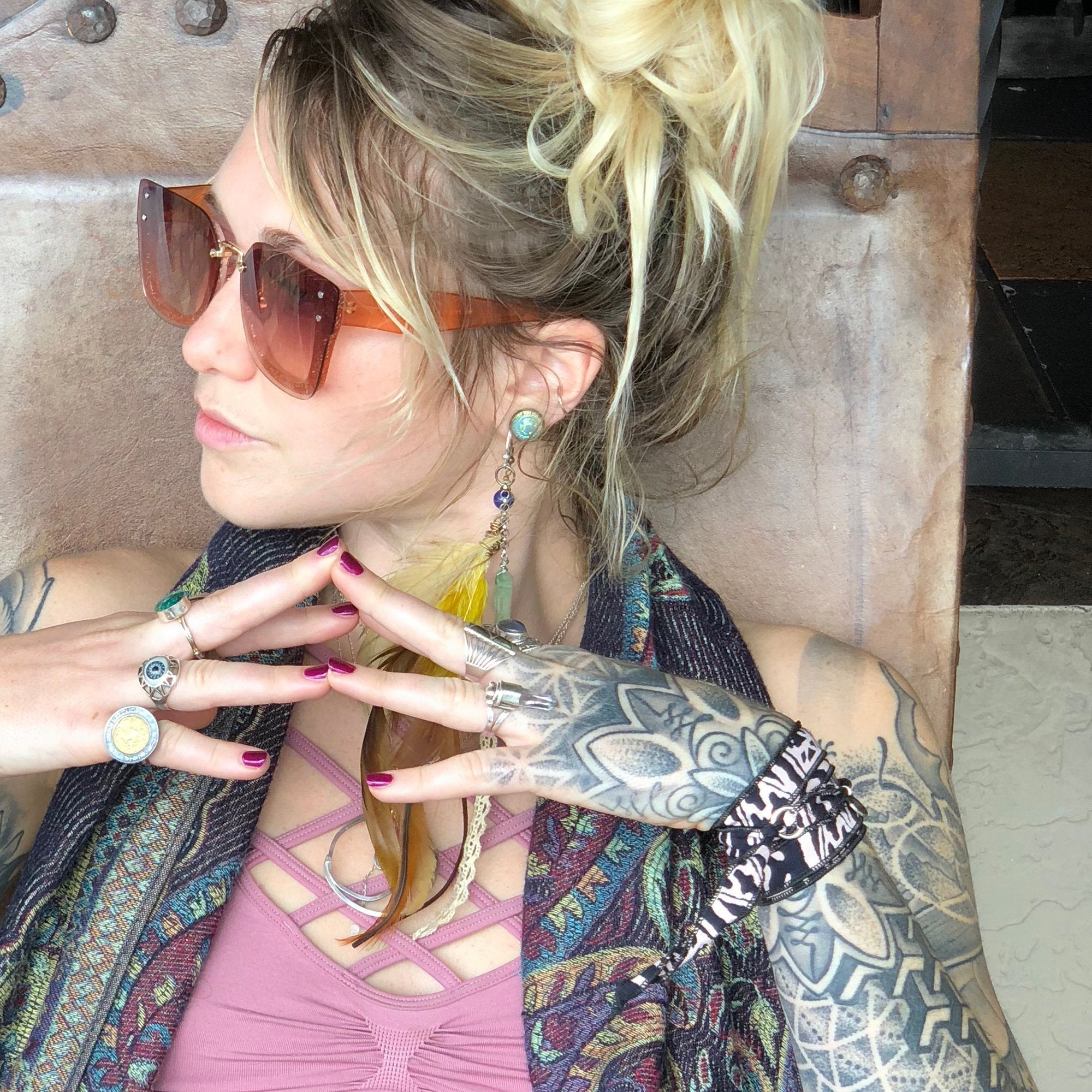
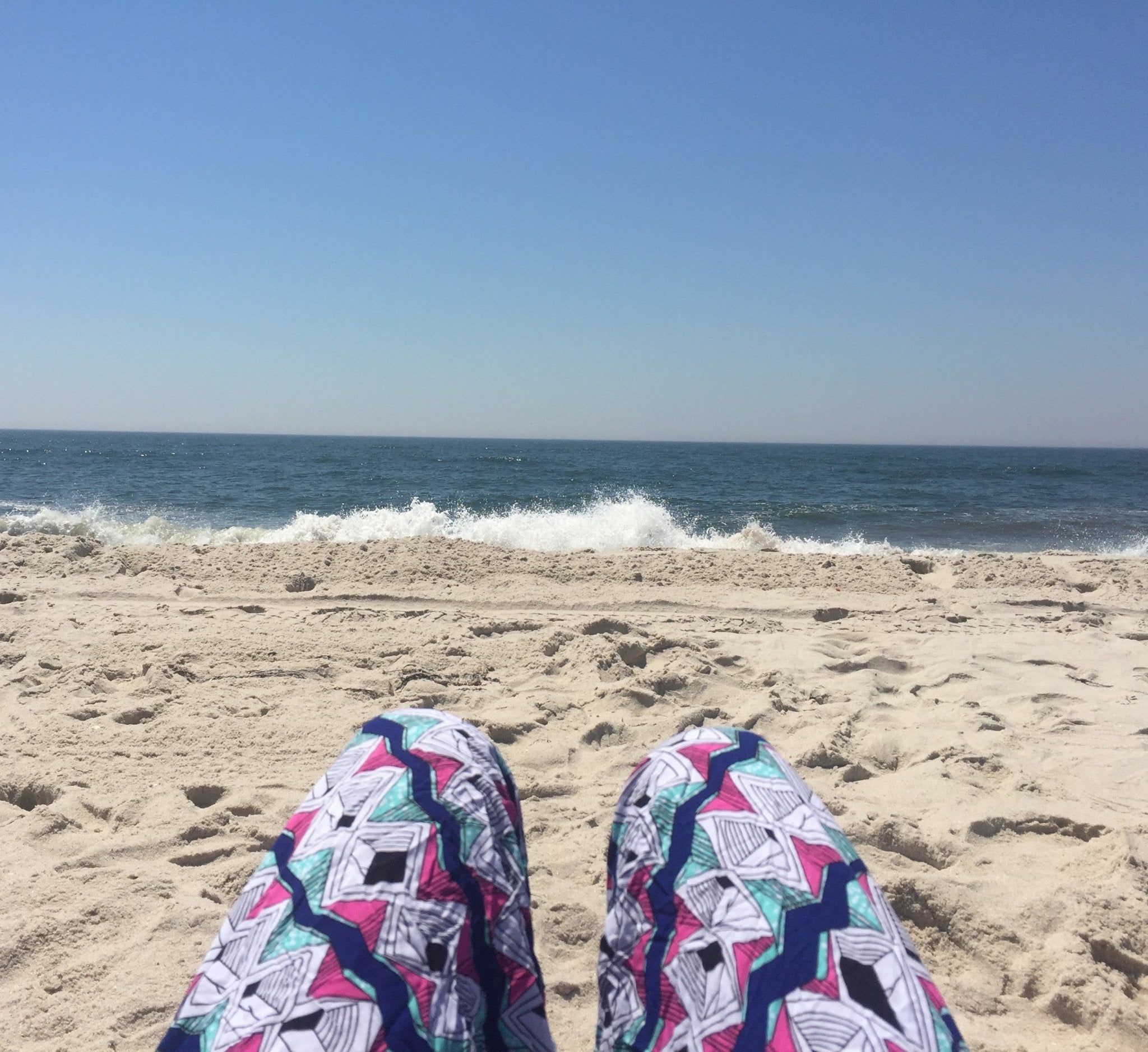
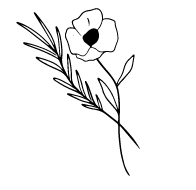
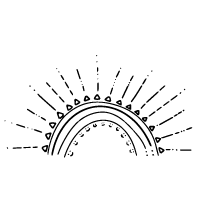
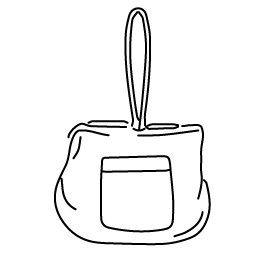
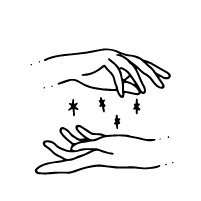
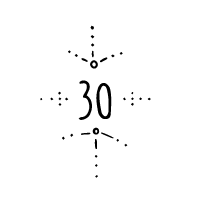
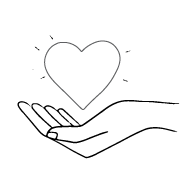
Leave a comment
This site is protected by hCaptcha and the hCaptcha Privacy Policy and Terms of Service apply.